#cap-paper
Text
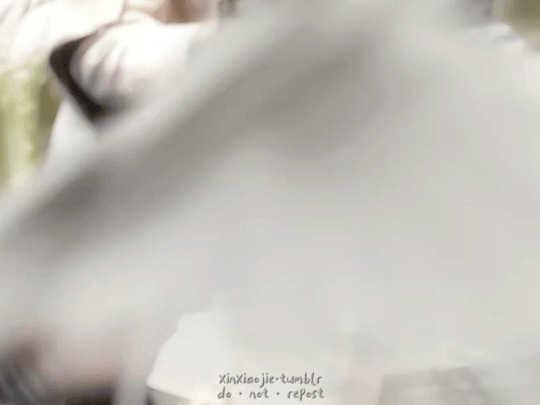




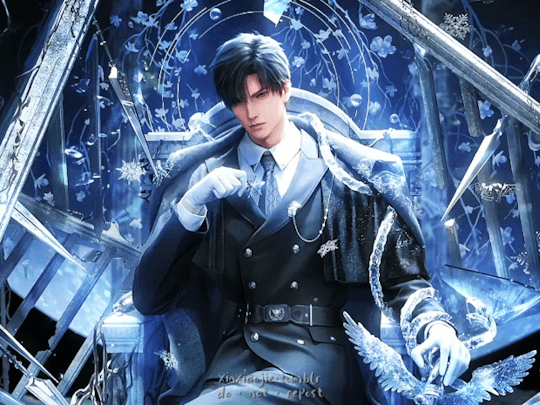
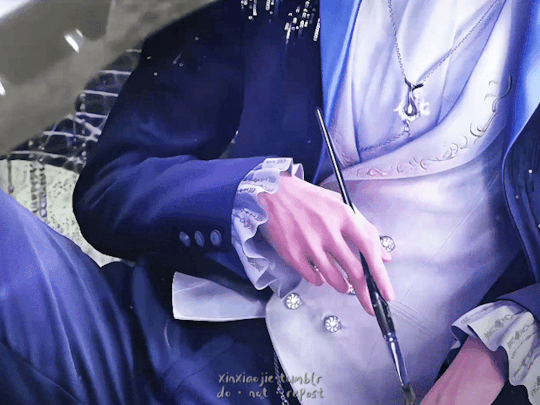


⸺ Once you go past 30,000 leagues, all is quiet in the deep. There will never be another Lemuria.
Love and Deepspace · Jan 18th 2024 Official Release
#恋与深空#love and deepspace#love and deep space#qi yu#祁煜#shen xinghui#沈星回#li shen#黎深#chinesemedia#chineseartistsinc#3d animation#caps#otome#otome game#paper games#chinese game#girlies wake up time to save the world once again with your new otome game!!#its releasing a lot earlier than i expected i keep getting ads for the english version on other social medias#and...it's still a gacha game lmao end me i have no words#这很难评 狗叠我祝你成功吧
903 notes
·
View notes
Text

I love myself looking sexy for the sheer pleasure of it
#me myself and I#my art#aromantic asexual#aromantic#asexual#aro#ace#aro/ace#aroace#this time the 'rough cut paper' effect was on purpose#my cap is a little darker. I'm already too fat for my only grey trousers. and the old turtleneck have its colours reversed#only the sunset flag is true🙃#sunset flag#just me#aroace positivity#aroace artist#oh and it was like dicussing the idea of 'looking pretty to be liked by someone' that I guess I almost believed for some time in my life#so maybe it's beyond aspec actually#all the guys look good for yourself always!✊️
2K notes
·
View notes
Text
He's just a little creature



A real cryptid
#Jaime Reyes#imagine just going up to some guy with a paper made out of your dead skin. couldn't be me#Blue Beetle#DC cap#source: Blue Beetle (2006) issue №29#& issue №30
924 notes
·
View notes
Text

Not even ONE call back? Smh.
Victim blaming, I choose you! ⛹
#yandere#x reader#yandere blog#male yandere#yandere x reader#art#drawing#yandere drawing#my doodle baboodles#yandere izana kurokawa#izana#izana kurokawa#izana x reader#izana kurokawa x reader#yandere art#tokyo revengers x reader#yandere tokyo revengers#tokyo revengers#yandere tokyo revengers x reader#when he canonically is unhinged#when he canonically has abandonment issues (lowkey)#when hes canonically posessive#he is legit like me#/hj#hes in my top 5...#i would draw terano but... I dont think i can draw buff men well 💀💀#only stick men for now ��😞#anyway both of them are my husbands#no cap#imma pull up the papers
373 notes
·
View notes
Text
THREES THREES THREES:
Oh hello. I want to talk about the stylistic/textual role of Threes in The Raven Cycle.
Threes – as a general concept and as a number – are a major symbol and motif in the series. Maggie tells us that threes are important from the very first book: from Maura’s favorite saying being “good things come in threes” to Persephone telling Adam that “things are always growing to three or shrinking to three,” threes are discussed at length in the text of the narrative. Maggie also shows us that threes are important as a motif/symbol for important aspects of the story: three Raven Boys, three Fox Way women, three Lynch brothers, three main ley lines, three sleepers, etc. Threes are, textually, incredibly significant in The Raven Cycle, and we know this because we are shown AND told it throughout the entirety of the books.
We all know the significance that is given to threes in the story itself, but what I want to talk about is the usage of a thrice-repeated word or short phrase (going forward I’m referring to this as “Threes” or “a Three”) as one of Maggie’s writing signatures (across the series, there are 65 Threes). This creates a meta level to threes being an important aspect of The Raven Cycle universe. A classic example of a Three (one of my favorites, in fact) is from The Dream Thieves:
“As they walked, a sudden rush of wind hurled low across the grass, bringing with it the scent of moving water and rocks hidden in the shadows, and Blue thrilled again and again with the knowledge that magic was real, magic was real, magic was real.” (TDT, 12)
In a way, the Threes join the intradiegetic (what is happening within the narrative itself) with the extradiegetic (what the narration is communicating solely to the reader). The reader and characters are told explicitly that the number three is significant, important, notable, and powerful. In using Threes as a writing signature after giving the reader that information, the Threes are designed to signal to the reader that this line, this moment, is important.
So the question is: What Are The Threes Trying to Tell the Reader???
Amazing question.
In my recent TRC reread, I was already keeping track of Threes, because I was curious to see how many times they appeared. And then my sister, who was also rereading, said something interesting (after reading this Three from The Raven Boys):
“He was full of so many wants, too many to prioritize, and so they all felt desperate. To not have to work so many hours, to get into a good college, to look right in a tie, to not still be hungry after eating the thin sandwich he’d brought to work, to drive the shiny Audi that Gansey had stopped to look at with him once after school, to go home, to have hit his father himself, to own an apartment with granite countertops and a television bigger than Gansey’s desk, to belong somewhere, to go home, to go home, to go home.” (TRB, 370)
My sister said: “Adam’s like Dorothy.” And then she said: “Wait. Do you think the Threes are like a spell? Or… a wish?”
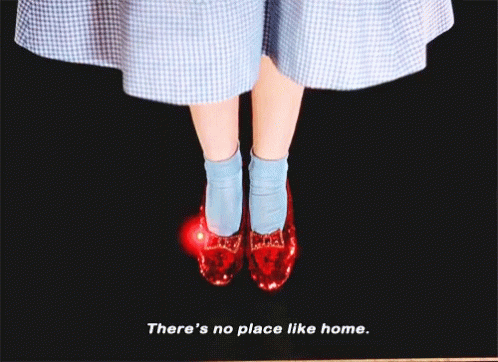
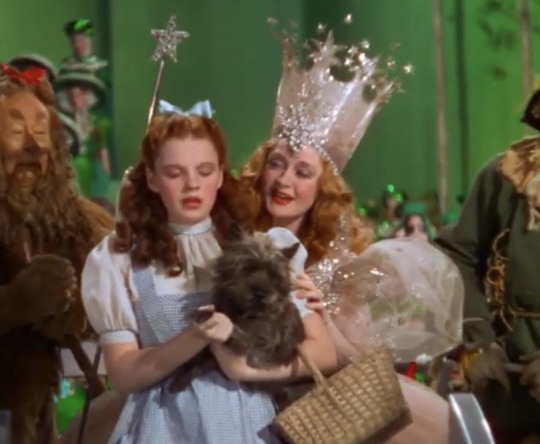
Which was……. Interesting.
What I have determined, after completing my reread and spending way too much time analyzing this, is that a Three is either a wish, a hope, a longing, a prayer – or, alternately, a warning, a curse, a negative promise.
In either sense, Threes are a foreshadowing of what is to come – whether it be good or bad. Threes exist to signal to the reader that they should be paying close attention to whatever is being said or observed.
Threes in….. Everything Else:
Before we get too far into TRC Threes, let’s talk about the precedent for three being an important number in art, math, storytelling, etc. I found some interesting information about how three is a satisfying number for the brain:
Grouping things in threes leverages the power of repetition to aid memory; denote emotional intensity or importance; and ease persuasion (research by Shu & Carlson (2014) found that three positive claims is the most effective for persuasion).
Three is the smallest number that the brain can still recognize as a pattern, and the brain loves pattern and repetition. This is true in visual art – having three main compositional figures to create a pleasing image – and also in storytelling and narrative. Using threes for repetition in storytelling is a very common occurrence.
Some classic examples of repetitive threes are Shakespeare’s “tomorrow and tomorrow and tomorrow” or Lincoln's “a government of the people, by the people, for the people.” In each of these examples, a repetition of three is used to create pleasing auditory rhythm. There is something inherently memorable about literary Threes.
Perhaps the most interesting information I found while digging into the precedent for threes is about the rule of threes in folktales. This information happens to come from Wikipedia (side note: Wikipedia is a modern tool of collective consciousness and we should utilize it more). This page describes how in its most basic form, the rule of threes in storytelling is just beginning, middle, and end. Because this is such a common convention, writers tend to “create triplets or structures in three parts.” It then talks more directly about the use of threes in folktales:
“Vladimir Propp in his Morphology of the Folk Tale, concluded that any of the elements in a folktale could be negated twice so that it would repeat thrice.”
This is especially interesting to me. The idea that an element of a folktale “could be negated twice so that it would repeat thrice” shows up prominently in the plot of The Raven Cycle – a book that is heavily influenced by folktale motifs – but also in so many of the folktales/fairytales we all know. A classic example of this would be Goldilocks and the Three Bears – Goldilocks must try porridge that is too hot, too cold, and then, finally, just right. The journey of these three actions is satisfying to the brain because it is a complete pattern: the third and final result of “just right” porridge is only satisfying because of the two “not right” porridges that preceded it.
Getting back to Stiefvater Threes:
For anyone who’s seen The West Wing (and even those who haven’t), here’s a good way to explain what I think the Threes are doing. You know that thing they do during a The West Wing “walk and talk” where two characters will be throwing information and little quips back and forth at each other rapid-fire, and then suddenly, they will both stop walking, and the camera will stop moving, and they’ll say a line that contains really important information that you need to know to understand the storyline of that episode? That’s what Maggie’s Threes are doing for the reader. That’s what 6:21 is doing for the characters. It’s intentional: the writers/directors/actors/camera operators on The West Wing know that they’re throwing a lot of information at you, and know that they need to get you to pay attention to the most important parts somehow, so they do it by forcing the viewer to lean in and listen. It changes the focus and energy of the scene from something with momentum to something that pauses, and therefore makes you pause.
The Threes compel the reader to pause and consider the information being delivered as more important than they might consider it if it was not written as a Three. “Maura’s expression was dark” does not read the same as “Maura’s expression was dark, dark, dark.” And in a text where characters directly state the magical importance of threes, compounded by three as an overarching motif, there is clear intention and meaning behind these written Threes.
In the context of TRC, Threes act as a fourth-wall break.


They are essentially a way to poke the reader and say: “Are you paying attention? Because you should be.”
These Threes use a symbolic motif – the rule of three – that is already heavily discussed in the text – to get the reader to pick up on the internal motivations of the character who is “wishing” their Three or the narration which is using a Three to foreshadow some important aspect of the plot.
The Threes are like the literary equivalent of a record scratch. It stops you in your tracks, breaking the established rhythm and making you take notice of what is being said in a new way.
Let’s Look at Some More Threes (but just a few don’t worry)!
1. We get a classic Three, and a very Gansey Three, right after the group comes out of Cabeswater:
“‘What about that thing in the tree?’ Blue asked. ‘Was that a hallucination? A dream?’
Glendower. It was Glendower. Glendower. Glendower” (TRB, 231).
Finding Glendower is one of Gansey’s core wishes, one of his core longings. Although this line is a literal answer to Blue’s question – he saw Glendower in the tree – in making it a Three, Maggie has given it added weight and meaning. It is prayer-like in its intention. It is almost an incantation: by saying it in Three, Gansey wishes it into being.
2. In The Raven Boys, after Gansey has bribed Pinter to keep Ronan at Aglionby and has learned that Noah has been dead the whole time they’ve known him, we are given this Three:
“The Pig exploded off the line. Damn Ronan. Gansey punched his way through the gears, fast, fast, fast” (TRB, 311).
This moment foreshadows what directly follows: a distinct lack of fast as the Camaro breaks down and Gansey is held at gunpoint by Whelk. This Three is not a prayer, but a warning, and an indicator to the reader that something important is about to happen. Had Gansey not been trying to go so “fast fast fast,” the car might not have broken down; because the Three incanted it, disaster follows.
3. To return to a Three I have already mentioned, but follows the typical Three structure:
“...to go home, to go home, to go home” (TRB, 370).
In this scene, Adam’s wish is less about actually wanting to return to his literal home, because his house was never really a home for him. Adam’s wish/longing is for a home that he could return to, that he would want to return to. He is longing for a place/feeling/experience that does not exist for him. The Three in this sentence comes after a string of active wishes/longings, and by ending with this Three, it casts a spell of sorts, honing in on the truest underlying wish that Adam has. In using the phrase “to go home” three times, the narrative is making sure you, the reader, know that this want, this need, this wish, is the most Important to Adam, and will drive his actions for the rest of his story.
Most of the Threes feel like this. They are often tacked on at the end of a sentence or embedded in a sentence. They’re an addendum to the action of the story. They’re like casting a spell – once to manifest, twice to charge, three to cast.
…..And Some Other Types of Threes:
Then there are the Threes that don't follow the typical pattern of the same word repeated three times one right after the other, but are still a Three in a different way.
There are short phrases/sentences that are repeated three times throughout a page or chapter. In the prologue of The Raven King, we get this:
“He was a king…
He was a king…
He was a king.
This was the year he was going to die.” (TRK, 1-3)
In this case, the Three acts as a promise of Gansey’s kinghood, but in ending the sequence with “this was the year he was going to die,” the promise of the three is given a condition: it is not going to be a joyful kinghood, but instead a kinghood intertwined with the death we’ve known is fated for Gansey.
One of Adam’s Threes from Blue Lily, Lily Blue, uniquely breaks the mold of Threes in a format that does not appear anywhere else in the four books:
“It was his father.
He opened the door.
It was his father.
He opened the door.
It was his father” (BLLB, 242).
❋ (We’ll talk about this one more in-depth later.)
There are also a few “unfinished” Threes:
In The Raven King when Ronan is having a nightmare (infected by the demon) about Matthew and the mask, he has this Three:
“Ronan’s throat was raw. I’ll do anything! I’ll do anything! I’ll do anythi
It was unmaking everything Ronan loved.
Please” (TRK, 96).
With the uncompleted Three, there is an uncast wish. Ronan’s wish is about Matthew, yes of course, but also about being willing to do anything to keep those he loves (ie. Adam, Gansey, Blue, his brothers) out of the reach of the “unmaking.” This unfinished Three serves to foreshadow the harm that does ultimately befall first Adam and then Gansey as a result of the unmaking of Cabeswater by the demon: without the Three spell completed, his wish is not fulfilled.
*This is Not all the uncommon/mold-breaking Threes, just a few that are interesting!
Do All Threes Come to Fruition???
The short answer is: No. Or at least not in that way.
Once again looking at the text of The Raven Cycle, we are given an answer of sorts. In discussing Gansey’s predicted death, Maura says:
“First of all, the corpse road is a promise, not a guarantee” (TRB, 155).
This seems to apply to Threes as well. Threes are not a guarantee. They are a promise. Not all Threes come to fruition the way one might expect – or at all, for that matter. The important part of Threes is not that they will definitely come true, it’s that they could come true, because the Three gives them the potential to come true.
Structure, Structure, Structure:
The main Threes structures are:
Three of the same word separated by commas:
“magic, magic, magic” (TRK, 59).
A short phrase/sentence separated by periods:
“My father. My father. My father” (TDT, 369).
A short sentence that is repeated three times throughout a page/paragraph:
“Gansey did not breathe…
Gansey did not breathe…
Gansey did not breathe” (TRK, 209).
A word that is repeated three times and is connected by “and”:
“Round and round and round!” (BLLB, 224)
Italics vs. Non Italics:
Italics in The Raven Cycle are often used for character’s inner thoughts/anxieties. This continues to be true in the context of Threes. A Three that is not written in italics indicates a promise, or some foreshadowing of a plot point being foretold through the Three – it is typically more “real” – whereas a Three that is written in Italics seems to indicate a wish/hope/longing that is unattainable in some way. Italics almost always indicate a Three that may never come to fruition, or at least not in the way the character hopes it will.
An example of this distinction can be found in chapter three (hah) (I don’t believe in coincidences and neither does Gansey) of The Raven King:
First we are met with Ronan wishing/hoping to return home:
“That morning, Ronan Lynch had woken early, without any alarm, thinking home, home, home” (TRK, 24).
This home, home, home, is in reference to the idea of home rather than the reality. Ronan is wishing to return to a home that does exist physically, but is not the same as in his memory – he wants to be at the Barns as it was in his childhood.
Then, in the very same chapter, Ronan actually returns home and we are given this Three:
“Slowly his memories of before — everything this place had been to him when it had held the entire Lynch family — were being overlapped with memories and hopes of after — every minute that the Barns had been his, all of the time he’d spent here alone or with Adam, dreaming and scheming.
Home, home, home” (TRK, 27).
This second home, home, home, is about the actual reality of being in his childhood home – the good and bad that has existed in the years since the childhood he longs for.
The Addition of AND:
The most notable use of “and” is in Noah’s very last chapter:
“Sometimes he got caught in this moment instead. Gansey’s death. Watching Gansey die, again and again and again” (TRK, 416).
When “and” is added into a Three, it becomes circular, cyclical. The “and” gives the Three a sense of infinity, or creates a loop of sorts.
This Three operates in the same way “tomorrow and tomorrow and tomorrow” does in Macbeth – it is meant to convey the endlessness of time, a relentless cycle of tomorrows.
❋ While there are not many of these Threes with “ands” in The Raven Cycle, there are other examples of Threes or Three-like occurrences that fulfill the same purpose as the “and.” For example, remember this Three:
“It was his father.
He opened the door.
It was his father.
He opened the door.
It was his father.” (BLLB, 242).
In this case, instead of the word “and,” the Three (It was his father) is connected by “he opened the door.” This Three is accomplishing the same feeling as “again and again and again” – the feeling of being caught in an endless loop.
Another example of an (implied) “and” in The Raven Cycle is: Gansey’s life. Gansey starts out alive and then dies as a child only to be reborn, and then killed again through his sacrifice, and then reborn for a final time. Gansey is Alive, Dead, Alive, Dead, Alive. And so Gansey’s life is a cycle of Three.
As with the Threes that contain “and,” Gansey starts where he ends: alive.
Other Ways Threes Show up in The Raven Cycle:
I will state the obvious once again: there are three Raven Boys, three Lynch brothers, three Fox Way women, three sleepers, three main ley lines (the lines that “seem to matter” to Glendower’s story), Gansey the Third (Gansey Three, Dick Three).
There are also the more obscure: the “three kinds of secrets” in The Dream Thieves prologue and epilogue; each Lynch brother inheriting three million dollars from Niall Lynch; the three figures with Blue’s face on the tapestry and later as a vision in Cabeswater; Adam and Gansey going to DC for three days; the shield pulled from the lake having three ravens embossed onto it; Ronan having dreamt Matthew at the age of three; the door to the Demon’s room needing “three to open” it; Aurora Lynch staying awake for three days after Niall died.
And of course, we have the ley line symbol/chapter header:

And then there are the 300 (three hundred!) Fox Way “villain” readings. (This was something that was particularly interesting to me.)
The first antagonist we meet is Whelk. When he comes for a reading at 300 Fox Way, he first pulls the Three of Swords.
When the women all draw cards together, they pull identical cards for Whelk: three of the Knight of Pentacles, then three of the Page of Cups. After drawing, essentially, three threes (the Three of Swords, then two sets of three matching cards) in this reading, the first Three of the entire series appears:
“Maura’s expression was dark, dark, dark” (TRB, 124).
The second “antagonist” we meet is the Gray Man, who comes to 300 Fox Way in The Dream Thieves to “observe.” Maura, Calla, and Persephone are predicting which card is on the top and bottom of the stack and the first card, predicted by Calla, is the Three of Cups off the top of the deck that Mr. Gray is holding (a remarkably happy card in stark contrast to Whelk’s Three of Swords).
When the third antagonist, Greenmantle, comes for his 300 Fox Way Reading he also draws the Three of Swords. The fact that each of the three antagonists come for a reading is in itself a sort of Three, but to further the importance of these moments, each of them draws some sort of three-related card.
All of the examples I have touched on have been more symbolic references to Three as a motif of the books as a whole. However, Threes also show up in the literal number of times important quotes are said/written.
I was tracking some of the most well-loved TRC lines to compile them, and noticed that the lines “don’t throw it away” and “safe as life” happen to appear exactly three times throughout the series. This was honestly pretty surprising based on the importance of those quotes – I would have assumed they showed up far more. Actually, they both appear twice in The Raven Boys and once in The Raven King. Threes, and the importance of Threes, is embedded so strongly into the narrative of The Raven Cycle that even the quotes we all think of as the most beloved of the series follow this rule of Threes.
Now, could you chalk some of these up to coincidence? I guess. But Gansey doesn’t believe in coincidences so I don’t either. So what’s the point of all these Threes?
Conclusion???
In a literal, literary way, Threes are a fourth wall break to make the importance of a moment obvious, but I’m not sure what the larger “point” of Threes is. My best analysis comes from the idea of The Raven Cycle being all about time and Threes playing into the importance of time as a sort of record scratch or loop. The Threes, as a stylistic, written motif, seem to connect the time-based cycle the characters experience to the time-based cycles the reader experiences by reading the books.
But my conclusion feels incomplete and so I would like to rely on the collective for this one – just about the most Raven Cycle thing you can do. So I’m asking you, the collective you, what conclusion would you draw? What do you think?
What I do know for sure is that Threes are magic, magic, magic.
For Your Convenience: Here is the textual significance given to threes within the books (chronologically):
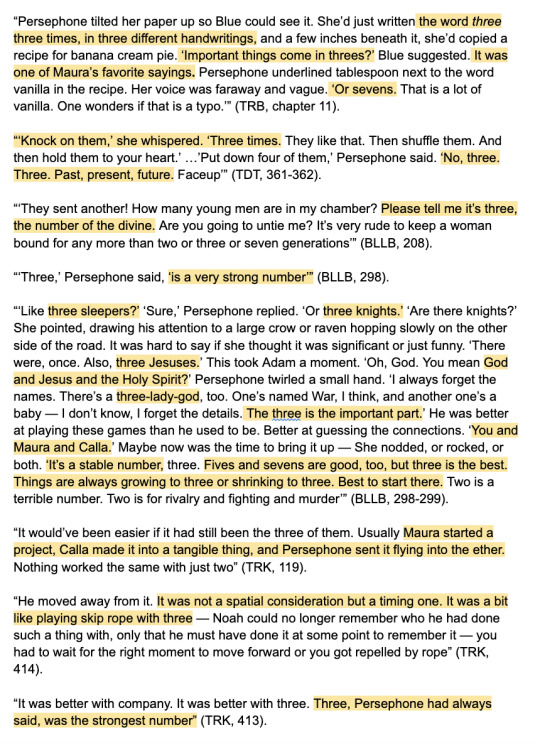
And here are the Threes, Threes, Threes (compiled):


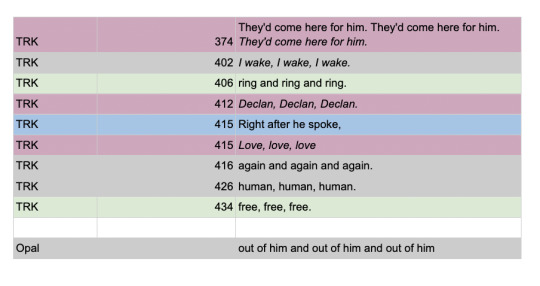
(If you made it to the end of all this, I love you. Have a gold star and a hug <3)
#sorry for the aggressive caps lock i wrote this in google docs#wow this is embarrassing#i'm okay with it#i spent my break writing a 16 page paper#the ganseyism of it all#some people asked for an essay so blame them not me#trc#trc analysis#maggie stiefvater#the raven cycle#the raven boys#the dream thieves#blue lily lily blue#the raven king#the gangsey#blue sargent#richard campbell gansey iii#ronan lynch#adam parrish#noah czerny#gangsey#mine
174 notes
·
View notes
Text

Finishing the page w day 5
Please Nintendo bring back the picori I love them
#linktober#ink drawing#artists on tumblr#tloz#the legend of zelda#minish cap#tloz mc#picori#minish#gonna start using my blue sketch pencil more for shadows n stuff under the line#// also im a bit behind bcs i lost the piece of paper w my signature on it n for some reason that threw me off drawing on this#so i just gave up trying to find it n just. made a new one lol
225 notes
·
View notes
Text
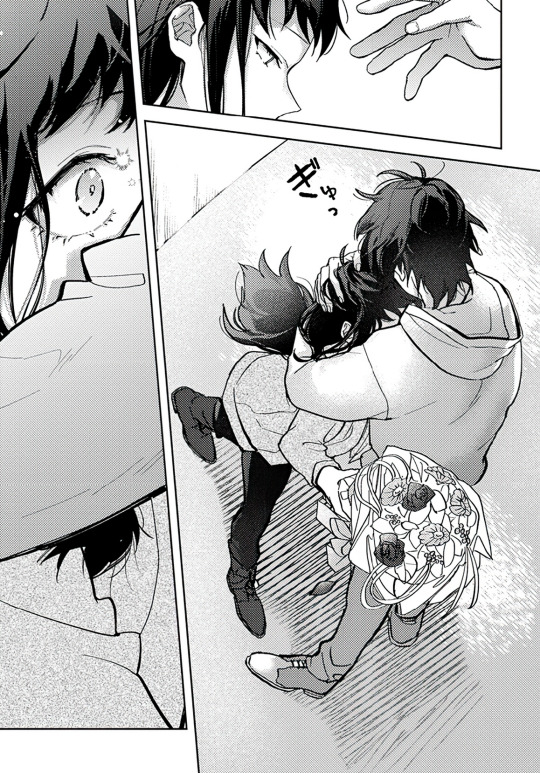
Kamibukuro-kun wa Koishiteru
#Kamibukuro-kun wa Koishiteru#Riko Amaebi#Paperbag-kun Is in Love#Mr. Paper Bag Is in Love#manga#shoujo#shoujo manga#shoujo cap#manga caps#shoujo caps#manga cap#shoujo romance#manga romance#romance manga#shoujo mood#manga love#shojo manga#shojo#school life manga#university manga#awkward ml#shoujo hug#manga hug
92 notes
·
View notes
Photo






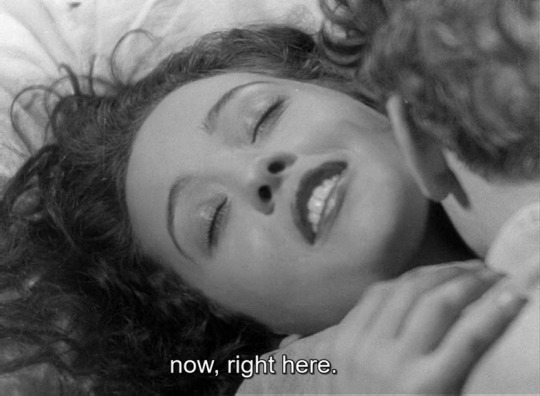
The Song of the Scarlet Flower (Teuvo Tulio, 1938)
#kille oksanen#nora mäkinen#the song of the scarlet flower#laulu tulipunaisesta kukasta#teuvo tulio#caps#subtitles#finished my paper and i can finally watch movies again..#needed tulio to bring me back to life#melodrama
162 notes
·
View notes
Text
NO SUCH THING AS FATE FOR THOSE WHO SPEED 🏁⌛️🥠🔮🔗🚫🦔💨⏩
A PATH OUT OF TIME INSTEAD OF JUST LIVIN IT 🛣️🏃🚫⏰🕰️⏱️⏳
SO MANY THINGS ERASED BEFORE THEY BEGIN ♾️📆✏️🗒️🎞️⏮️🎬
HOPES UN-DREAM INSTEAD OF WHAT COULD’VE BEEN 🤞🙏🚫😴💭🚫🏞️🌄🌉
FORTUNE FADES LIKE WORDS IN THE SAND 💵💸🤑🫠🏝️
JUST LIKE THAT ITS NOTHING AT ALL, JUST SEAMS🚫✖️⬜️🧵🪡
NOTHING AT ALL, JUST SEAMS🚫✖️⬜️🧵🪡
FORTUNE SHINES WITH SEVEN IN HAND 💵🔮✨7️⃣🫴
BACK TO FACT MAKE REAL OF ALL THAT SEEMS 🔙2️⃣☝️🤓💡🎨🧑🎨🎞️🏔️🏞️
MAKE REAL OF ALL THAT SEEMS 🎨🧑🎨🎞️🏔️🏞️
SEVEN RINGS IN HAND 💍💍💍💍💍💍💍🫴
SPEED THROUGH NIGHTS WITH FEET IN SAND 🦔💨⏩🌌🏜️⏳
SEVEN RINGS IN HAND 💍💍💍💍💍💍💍🫴
WONDERS ALL UNDER COMMAND 🧞♀️♾️⬇️🗯️
SEVEN RINGS IN HAND 💍💍💍💍💍💍💍🫴
WILD WITH JUST ONE SINGLE HAND 🤪1️⃣🔂✋
SEVEN RINGS IN HAND 💍💍💍💍💍💍💍🫴
ARROWED HEARTS CATCH FIRE NOW 🏹🫀💘❤️🔥🔥‼️
MAKE BELIEFS REBORN 🎨🧑🎨💭🫄
MYTHS IN MIND RETHOUGHT 🐉🧠💭🤔
QUESTION ALL THATS KNOWN 🤔💬❓♾️☝️🤓💡🤨
LEGENDS BLURRED AND TORN 📜🐉🌫️✂️💔
#sorry seven rings in hand both the original and crush 40 versions go so hard i went insane for half an hour doing this#i put way too much thought into this#rambles#music posting#tw caps#repetition#long post#emojis have got to get more specific also. how are there no marionette or torn paper or eraser emojis
81 notes
·
View notes
Text
that post abt cap not loving pat if he was a worm. you’re so wrong he would carry worm pat around on his patrols and to their clubs and meetings and sit him down to watch war documentaries together. “come along patrick we’ve got work to do, the early bird catches the… well, you know” like PLEASE worm pat would be his constant companion!! how dare you insinuate he wouldn’t love him, you take that back right now, take it back!!! cap i am so sorry
529 notes
·
View notes
Text

humanizations. hi
#rock paper scissors#nick rps#rps rock#rps paper#rps scissors#jess scribbles#scopophobia//#sad thing is i could never give rock the best outfit. bcuz i am a fashionless man. im the guy that wears socks n sandals w floral buttonup#i wear 4 different patterns at a time. i like ascot caps#but he does have kandi and a pride pin. & i think thats beautiful#also scissors has a mark on his ear frm trying to pierce it. emphasis on Trying
32 notes
·
View notes
Text
once again thinking about my own bbc ghosts headcanon that if one ghost gives another ghost an item they have on them with total, 100% intention of wanting the second ghost to keep it, it won’t zap back onto the first ghost after
and of course, how the ghosts would only find out about this loophole when they realize cap is wearing pat’s wedding ring
#cap fully expects them to tease him about it and admonish him for not telling them sooner but instead they immediately become preoccupied#trying to give each other things#and cap would be like well. right then. carry on.#but then as the day goes on cap seems MORE perturbed and when pat is like isn't this great aren't you glad they didn't give you a hard time#he realizes cap is grumpy that they are not in fact giving him any attention#i just have so many thoughts and feelings about patcap that i unfortunately have no long-form writing skills to put pen to paper#or like. finger to laptop keyboard i guess#bbc ghosts#patcap#avi speaks#headcanon#the captain#pat butcher
213 notes
·
View notes
Text
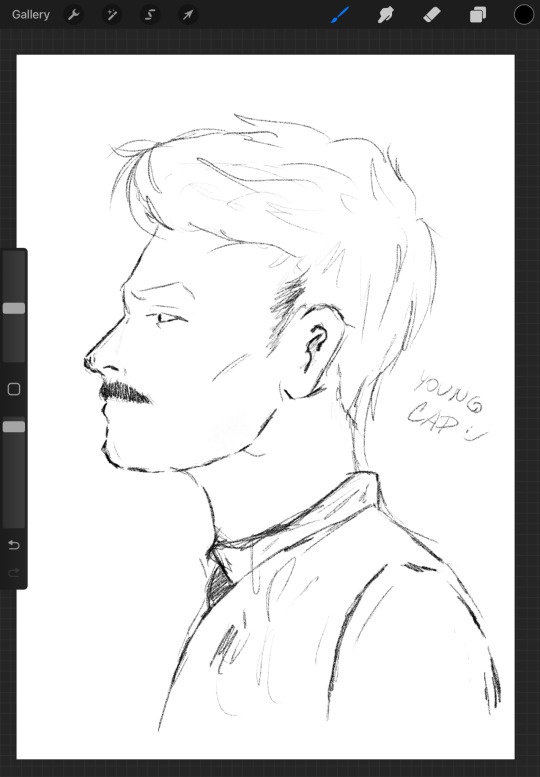
a sketch of young cap that i’ll probably never finish because i’m not too fond of it :’) i imagine young cap would be an ambitious soldier with ruffled hair and i’m kinda in love with that thought-
#i’m so sorry to all the artists out there#my problem is that my ideas greatly exceed my abilities and that frustrates me to no end#i wanna draw young cap perfectly NOW >:(#(i’m joking i’m just happy i could put something resembling a human being on a proverbial paper ha)#bbc ghosts#the captain#fanart
22 notes
·
View notes
Text
what if i was reading academic papers about education in 19th century russia just for the sake of analyzing the themes of an obscure 2005 horror game. what then.

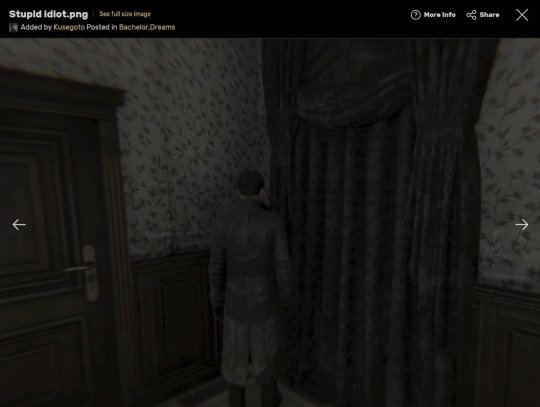
#patho meta#stupid idiot relevant because it's from the dream cutscene where artemy imagines daniil getting punished like a misbehaving schoolchild#all he's missing is a dunce cap#the paper is ''The Instruction of Youth in Late Imperial Russia: Vospitanie in the Cadet School and Classical Gymnasium 1863-1894''#if anyone wants to read the whole thing#pathologic#daniil dankovsky#patho
38 notes
·
View notes
Text
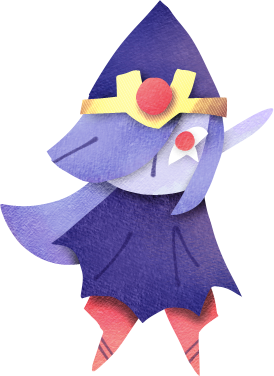
crumplt piece of paper
#vaati#loz#minish cap#legend of zelda#loz minish cap#zelda#vaati the wind mage#dragon doodles#experimenting and v happy with this so sharing thumbs up emoji#looks like I may be focusing on some larger scale things so may be a little quiet here? or may not we'll see but YEA! girl is cooking maybe#reflective gold paper :^)#the prologue to phantom hourglass (a game I’ve never played) and also wandersong (a game You should play) did something to my brain forever#oh and also. paper mario. I guess. I suppose (affectionate)#I've never played minish cap but I think this guy's Cool
132 notes
·
View notes
Text
CHAT
TIMPANI WITH A RAINBOW BUTTERFLY LOOKING MASQUERADE MASK
#OMG#IDK WHY I DIDNT THINK OF THIS EARLIER#tw all caps#i will be calling the general populace of users reading this chat from now on#My friends have destroyed my vocabulary#The moss speaks#Spm#super paper mario#timpani#timpani spm#tippi spm
36 notes
·
View notes